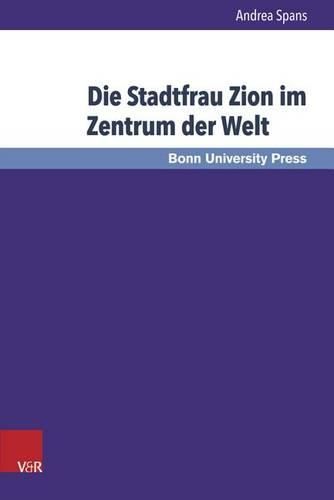Readings Newsletter
Become a Readings Member to make your shopping experience even easier.
Sign in or sign up for free!
You’re not far away from qualifying for FREE standard shipping within Australia
You’ve qualified for FREE standard shipping within Australia
The cart is loading…






Chapters 60-62 of the book of Isaiah are considered to be key texts for explaining the origins of the third section of the book in Isaiah 56-66. Hypotheses on the origin of the texts frequently address an unknown post-exilic author called Third Isaiah, who is said to have formulated his calling and his programme in Isaiah 60-62. After Steck rigorously dismissed the postulate of one prophetic individual, the learned character of these texts - which were never conceived as discrete prophetic logia, but rather always seen within a literary context - is examined. Following Steck’s impulses, the context and genesis of chapters Isaiah 60-62 are examined here. In the absence of a prophet’s biography and prophetic proclamations it is the portrayal of Zion that characterises these chapters. The city of God is configured spatially, as holy ground, but also anthropomorphized as a figure and as a community of justice in the centre of the world.
$9.00 standard shipping within Australia
FREE standard shipping within Australia for orders over $100.00
Express & International shipping calculated at checkout
Chapters 60-62 of the book of Isaiah are considered to be key texts for explaining the origins of the third section of the book in Isaiah 56-66. Hypotheses on the origin of the texts frequently address an unknown post-exilic author called Third Isaiah, who is said to have formulated his calling and his programme in Isaiah 60-62. After Steck rigorously dismissed the postulate of one prophetic individual, the learned character of these texts - which were never conceived as discrete prophetic logia, but rather always seen within a literary context - is examined. Following Steck’s impulses, the context and genesis of chapters Isaiah 60-62 are examined here. In the absence of a prophet’s biography and prophetic proclamations it is the portrayal of Zion that characterises these chapters. The city of God is configured spatially, as holy ground, but also anthropomorphized as a figure and as a community of justice in the centre of the world.